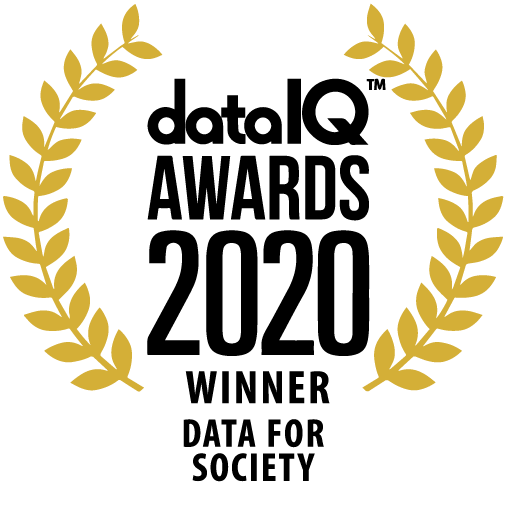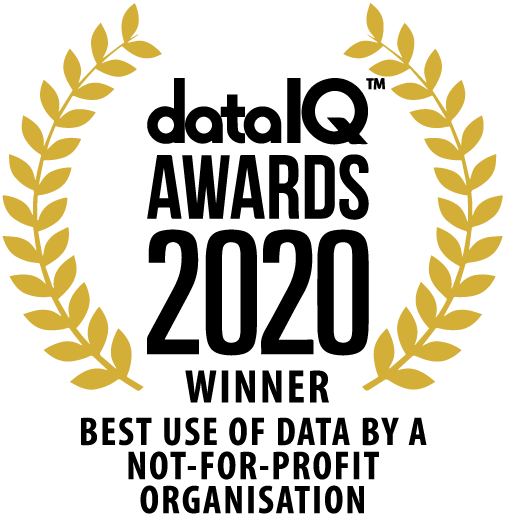Tech Report
Consumer Activity Data: Usages and Challenges
Interacting online with various organisations (eCommerce, employer, etc.) is nowadays unavoidable. There is a current trend both in academia and the industry taking as a starting point that such personal data is of value to the user, and that putting them out of his/her control might have problematic implications. A proposed solution here is to provide them with greater access to and control over personal data collected out of their interactions with an organisation. It is worth noticing that this idea is actually at the basis of the Data Protection Act, which is providing a legal framework to enforce transparency and user control over the collection of personal data. The current focus on consumer data is however both more concerned with the technological aspects of ensuring transparency, and proposing to go a step further by enabling transparency “by default” rather than on request.
Personal data in such discussions can take many different forms. What we are concerned with here is activity data. In short, we consider activity data as any type of information that is being generated as a side effect of an individual interacting with an organisation, system or set of resources. The basic hypothesis underlying the study described in this report is that, while rarely included in the discussions around consumer data, as for any kind of personal information, activity data are valuable to users and it is therefore worth investigating the mechanisms, issues and challenges by which they could be made more transparent and more controllable.
Publication(s)
This is a report presenting the results of the UCIAD JISC funded project.







